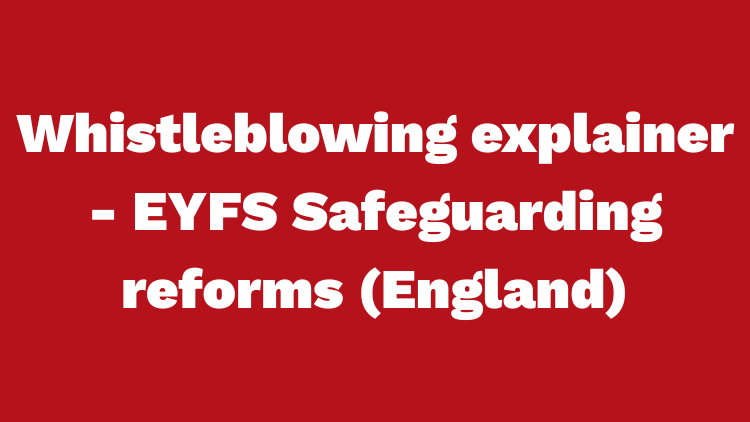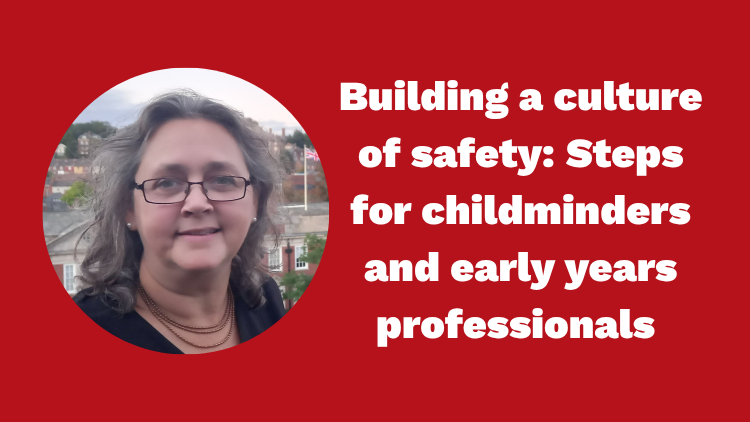Whilst the current hot weather is a welcome break from a typical British summertime, it’s important to make sure that the children in your care are staying safe in the sun. As well as being more vulnerable to things like sunstroke and dehydration, children’s skin is very delicate and can be easily damaged by the sun.
We want you and your setting to enjoy the summer weather as much as possible, so we’ve put together some top tips on how to keep children (and yourself) safe in the sun, including some activities which will help you stay safe AND cool!
Wear UV/SPF protection
This may seem obvious, but suncream really is your best friend and the easiest way to prevent sunburn. The NHS recommends at least an SPF30 for children and adults and it should be applied to all parts of the body that are not going to be covered by suitable clothing- face, arms and legs (if wearing a t-shirt and shorts) and feet. It is also recommended that children under 6 months should be kept out of direct sunlight.
Correct application is key, skin experts suggest at least two tablespoons to cover the entire body and two fingers worth to cover the face and it is important to also reapply sun cream throughout the day, particularly if children are playing in water, swimming or sweating heavily. Water washes sun cream off and the cooling effect of water can make it seem like you are not burning so reapplication after being in water is vital, even if your sun cream is water-resistant.
Using after sun after a day in hot weather is also a good way to help your skin recover from sun exposure as it will help to cool and moisturise your skin as well as prevent peeling if you have caught a bit of a tan or burn.
Stay in the shade
With children this can be easier said than done but staying in as much shade as possible helps keep children cool and out of direct sunlight. In the UK the sun is at its highest (and strongest) between 11am and 3pm so it is recommended that staying in the shade or indoors at this time is ideal. If you have to be outside, look for shady areas created by trees or create your own sun-safe areas using tents, parasols and canopies. Remember that safety measures in the shade must be considered too – for example, it is dangerous to cover a baby’s pram with a blanket as it raises the temperature underneath.
Water play!
If you have outdoor space like a garden, you can take part in lots of fun activities involving water. A small paddling pool full of shallow water* will help children stay cool in the heat if they are outside. Likewise, a hose pipe or sprinkler can provide cool water for children to play in, just make sure that the first part of the water in a hosepipe isn’t sprayed on or around children as it can be hot if it has been out in the sun. Wait until the water is at a safe temperature before starting your activities with the children. You can also read our recent blog on Water play!
*Remember to risk assess when playing around water. All children must be supervised around water and a paddling pool is not recommended for children under 6 months old.
Dress for the weather
Keeping children completely covered up and cool at the same time in summer isn’t realistic but there are measures you can take to ensure they are dressed appropriately to keep them safe in the sun. Wide brimmed hats provide great protection for children’s heads, scalp and faces whilst sunglasses help protect their eyes from UV damage.
Oversized t-shirts provide good coverage whilst keeping children cool and swimsuits with longer sleeves and shorts to increase protection for water-based activities.
As mentioned above, remember to slather on the sun cream for any parts of the body that are exposed like arms and legs!
Stay hydrated
Make sure that children have plenty of access to water on hot days. Children should aim to drink between 8-10oz of water every few hours and the signs of dehydration can be subtle, especially in younger children. Some things to look out for are
- A dry mouth and/or cracked lips
- Fewer trips to the bathroom and dark/smelly urine
- If a child cries and there are no tears
Water is ideal to give to children but there are many ways to help keep children hydrated in hot weather. Fruits and other snacks containing a lot of water, such as melon, watermelon and cucumber can help with hydration. You can also add sliced fruit to water to add flavour to plain water if children are fussy.
Remember to also up children’s water intake if they are particularly active in the day, playing in the sun (even water play) can lead to children becoming dehydrated faster.
Know the signs and symptoms of sun damage and heat exhaustion
Prevention is always better than cure but sometimes things happen and it’s important to risk assess and be able to recognise the signs and symptoms of sun damage and heatstroke.
The most obvious sign of sun damage is red, sunburnt skin which will feel hot to the touch and can be sore. When a child is sunburnt it is vital to get them out of the sun and cooled down as soon as possible. Sunburn usually does not need medical treatment and can be cared for at home. The NHS suggests the following guidelines for treating sunburn:
- Cool skin down with a cool shower, bath or damp towel (ensuring that the child does not get too cold).
- Apply a moisturising after-sun lotion.
- Drink plenty of water to rehydrate.
- Cover sunburnt skin completely from direct sunlight until it is fully healed.
- Do not use petroleum jelly (Vaseline) on burnt skin.
- Do not use ice packs or ice on burnt skin.
- Do not pop any blisters or remove peeling skin.
It is also important to recognise that some of the symptoms of sunburn may not be as obvious in children with darker skin tones. Extra caution should be taken in this instance and remember that darker skin still needs the same level of sun protection as lighter skin.
Heat exhaustion is not usually serious but can lead to heat stroke which will need to be treated as an emergency. The NHS outlines the following signs and symptoms of heat exhaustion:
- A headache
- Intense thirst
- Dizziness and confusion
- Excessive sweating and pale, clammy skin
- Cramps in the arms, legs and stomach
- Loss of appetite and feeling sick
- Fast breathing and a faster pulse
- A temperature of 38 degrees or above
In this instance it’s important to cool down as soon as possible, have the child lie down with their feet elevated, hydrate with water and apply a cold sponge. A cool pack may be applied around the armpits or back of the neck too. If after 30 minutes the child has not cooled down call 999.
Don’t forget about yourself! While the focus is keeping the children safe, happy and cool, don’t forget to also keep yourself protected and hydrated so that you can all continue to have fun. Of course, a lot of these things you will already have considered as a practitioner and many of them are common sense but reminding ourselves, our staff and the children in our care about sun safety means we can enjoy the summer sunshine for as long as it is here in the safest way possible.



